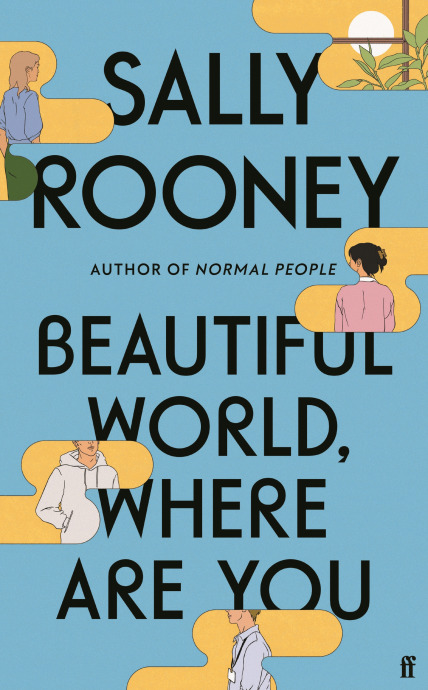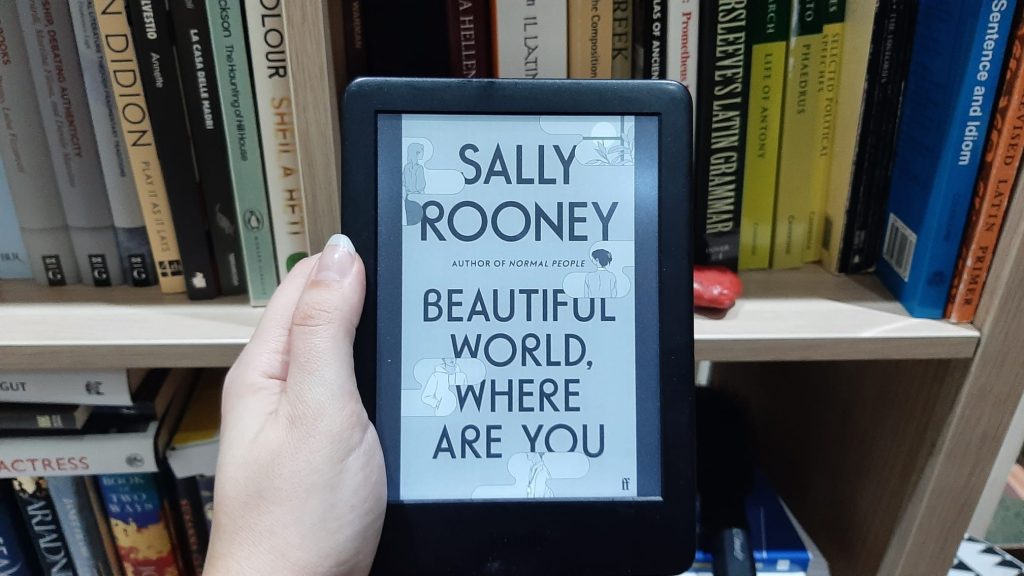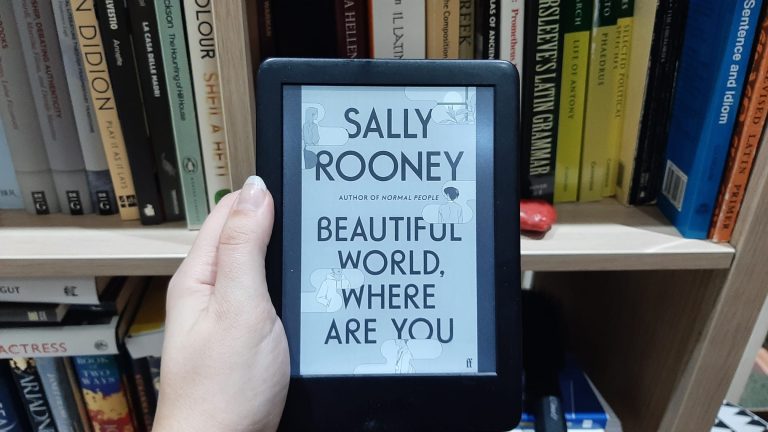Beautiful World, Where Are You? Sally Rooney and the trivialisation of millennials
It was the beginning of December and, on a short trip to Dublin, I decided to finally give Sally Rooney a chance: allergic as I am to literary phenomena, I had been avoiding her overly successful novels for years – despite the genuine enjoyment I felt watching the Netlfix TV show based on Normal People. Then, I was going to Dublin for the first time (and her stories are usually set there, where she was born and raised), and I thought that was the best time to read one of her novels, her last one, Beautiful World, Where Are You?, by many defined as her highest and most mature literary achievement.
I read the book in three hours; it was certainly a quick, agile, and easy read. A few minutes after I finished it, I went on my Goodreads page to write a snappy review and all I could come up with was the following statement: “Basically a bad and pretentious millennial rom com. Awful”.

But let me elaborate on my harshness.
Sally Rooney has concocted a very basic, shallow, sloppy, and unrealistic portrait of the generation to which I belong. She has done so by resorting to all the heavily exploited character types she had at her disposal: the smart girl who can’t find a satisfactory job; the rich one who is still unhappy; an Irish Catholic sweetheart who likes to have a lot of sex anyway; a macho who has never read a book but falls in love with the writer.
They’re all millennials – hence the label attributed to Rooney of “millennial novelist”. They’re all in their late twenties or early thirties and they’re all unresolved, professionally and sentimentally. The novel does not tackle their struggles; it rather leads all of them to an easy and expected resolution, ignoring all significant aspects of a person’s life, except for their love relationships. The four characters form two very distinct couples, and that’s all the book is going to tell us about their being struggling millennials: they fall in love, they have a lot of sex, they are poorly suited for each other, but love conquers all and these four guys are going to find their balance. A final exchange between the two women – whose unlikely email correspondence (the only way they communicate with each other in 2019-20) works as an interlude between the two alternating female points of view in the narration – will pacify all readers, and incidentally mention the pandemic (but none of the problems connected to it), just because Rooney probably felt she could not avoid doing so.
Rooney’s style is plain, as it’s been always recognized. Mostly paratactical, with short sentences, and simple words. This ultimately leads us to one question: is this novel romance or literary fiction? If not even the language comes to the rescue of the lack of depth in the story, what makes this novel different from a beach read? Moreover, the amounts of details given to the sexual encounters between the main characters are mildly cringeworthy and definitely superfluous. A good sex scene should be able to tell the reader something about the evolution of the interaction between the characters, while Rooney’s continuous sex scenes are just a reminder that our four heroes, despite the adversities of life, are sexually active. The scenes are uncharacteristic, plain like their language, basic and at times unrealistic – I won’t dwell on the implausible and portentous orgasmic abilities of one of the two women, or on the surreal dialogues these people have while they’re performing the act of love.
I must add that most of the events that build the plot are highly unlikely:
– Alice is a 28-year-old writer who got a 6-figure advance on her first novel and is unhappy because of the pressure of this event on her life. Perhaps Sally Rooney has experienced that herself (lucky her!), but this is hardly a believable human type. She acts pretentiously and is hard to either like or dislike.
– In real life rich pretentious intellectuals like Alice are rarely drown to illiterate brute guys who refuse to read books. Therefore, her feelings for Felix sound like a poor reiteration of the cliches of “blind love”, where background and intellectual connections don’t matter, as long as the impenetrable force of love bonds two people.
– Eileen and Simon are a retelling of the story of Dawson Leery and Joey Potter from Dawson’s Creek, but with a happy ending. Yet another cliché: childhood friends who have always been in love and suddenly are able to act on those feelings. He is a practicing Catholic, but when she’s pregnant (and they’re stably living together), he is so respectful of her freedom of choice that he asks her what she wants to do with the baby. Rooney had to make him so much of a good guy that she ended up turning him into the bad – or at least the ridiculous – one.
– Alice and Eileen, in those unrealistic emails they exchange, talk at length and without a compelling reason about climate change and the doomed future of our planet. They blubber about how we ruined everything, how the planet evolved, and how there’s no future for it and us on it. There is no serious reflection on ecology, nor do we find substantial ethical considerations on the matter. This was just Rooney’s attempt to let us know she is aware there is a problem and it’s important that it features in her last book. But what is the function of literature? Mentioning known facts or provoking thoughts and discussions?
Stereotypes are not only in actions and interactions, but also in the characters’ personalities. Simon is the saviour who will rescue Eileen from her bad period; Alice is the dark moody writer who can’t find happiness; Eileen is the sweet genius who didn’t make it in life just because she was unlucky; Felix is the hot brute, who is frankly just an abusive, toxic, violent man, and Eileen pretends to ignore this.
Is this really what millennials look like? Is my own generation made of stereotypically unremarkable people who are going to be fine in the end, God knows why? No. Rooney is not, by all means, the embodiment of the millennial writer, she is just a millennial woman who attempts clumsily to describe her generation without knowing it deeply enough.
Finally, I would very much appreciate at least for writers not to use the redundant and tautologic phrase “global pandemic”. A PANdemic is global by definition, it doesn’t need the pleonastic adjective. But this, of course, is the least serious of the problems in this novel.




